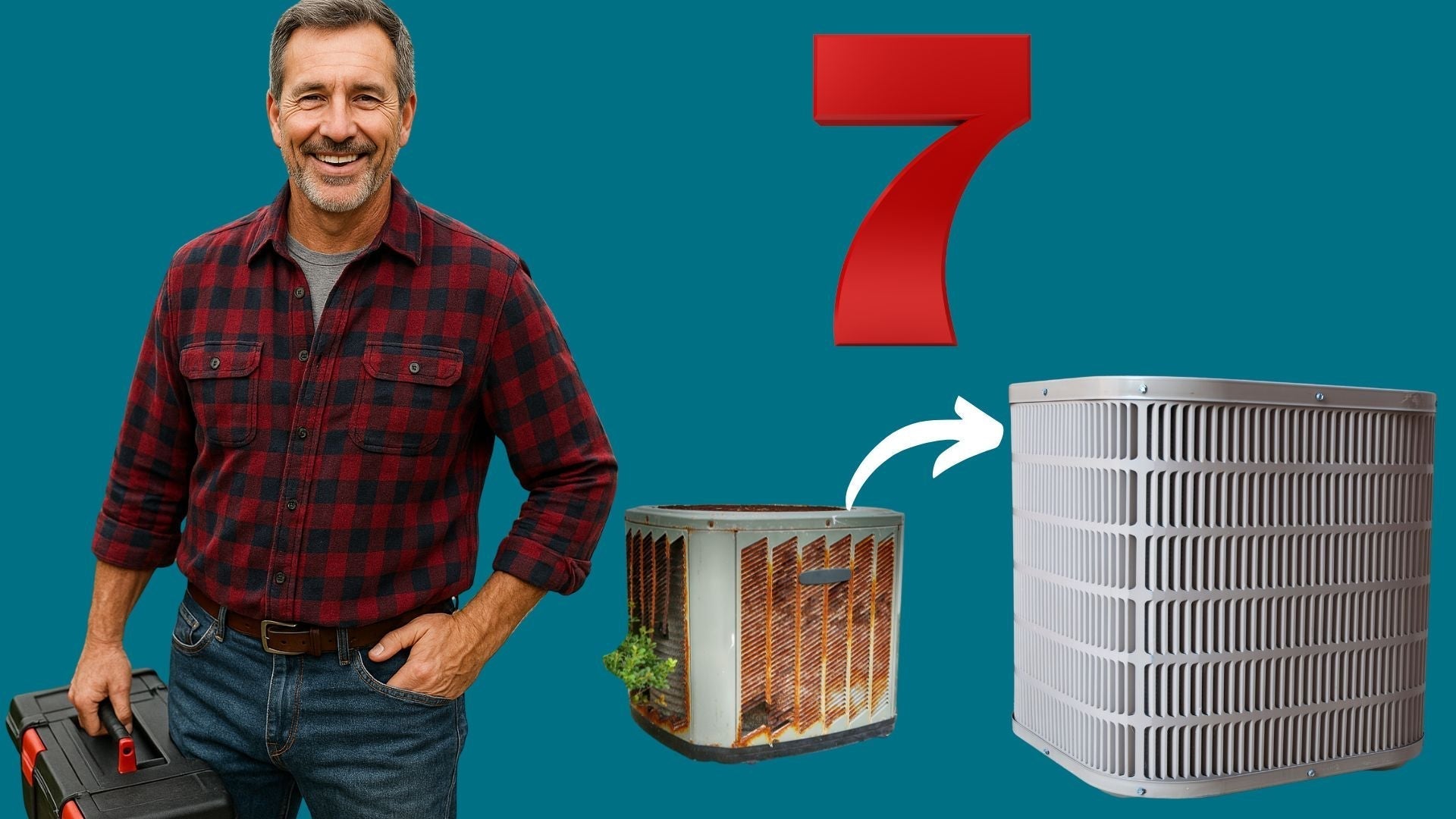Hey, it’s Mike.
I’ve been in more attics and basements than I can count—and one thing I’ve learned: folks often wait too long to replace their HVAC system. They deal with weird noises, uneven temperatures, or skyrocketing energy bills and hope it’ll just “make it through one more season.”
But HVAC systems don’t get better with age. And when they start acting up, they often cost you more in the long run.
Here’s how to know when it’s time to stop patching—and start planning your upgrade (preferably with a system using R-32).
1. Your System Is Over 12–15 Years Old
Most central HVAC systems are built to last around 12–15 years—maybe 20 if you’ve been diligent with maintenance.
If your system’s pushing those numbers (especially if it uses R-22 or R-410A), you’re probably missing out on:
-
Better energy efficiency
-
Quieter operation
-
Modern safety and smart features
-
Lower environmental impact
R-32 refrigerant systems are the next generation—and older systems just can’t keep up.
2. It’s Getting Louder (And It’s Not Just the Blower)
If your outdoor unit sounds like a motorcycle taking off—or you hear banging, hissing, or grinding indoors—you’re looking at internal wear. Compressors, motors, and bearings all break down with age.
That noise is your system telling you, “I’m done.”
3. You’ve Noticed Uneven Heating or Cooling
One room freezing, another like a sauna? That’s usually a sign of:
-
Failing blower motors
-
Dirty coils or ducts
-
Inconsistent refrigerant flow
A modern R-32 air conditioner and gas furnace combo uses better coil design and more precise airflow control—making every room feel just right.
4. Your Energy Bills Keep Rising
If your utility bill keeps creeping up, don’t just blame the electric company. Older units lose efficiency fast—especially if coils are corroded or refrigerant levels are low.
The U.S. Department of Energy says new ENERGY STAR® HVAC systems can cut energy use by up to 20%. R-32 systems often exceed these benchmarks thanks to better heat transfer and lower system pressure.
5. You’re Paying for Frequent Repairs
If your HVAC tech is now on your holiday card list, it’s time to stop throwing money into a sinking ship.
New R-32 systems like this 3 Ton Goodman setup offer long warranties and require fewer service calls.
6. You’ve Got R-22 or R-410A
Both of these refrigerants are being phased out:
-
R-22 (Freon): Already banned in new systems and very expensive to recharge.
-
R-410A: Still legal, but on its way out due to high Global Warming Potential (GWP).
R-32, on the other hand, has a GWP of ~675 (compared to 2,088 for R-410A) and is the global standard moving forward.
If you're replacing a system anyway, go R-32 now—you’ll be ahead of the curve.
7. Your System Still Uses a Basic Thermostat
If you’re stuck with an old dial thermostat, your HVAC system likely doesn’t support variable-speed motors or two-stage compression—both of which are standard on most modern R-32 setups.
Smart thermostats (like the Nest) can reduce heating and cooling costs by over 10% annually—and they require a compatible system.
Why R-32 Is Worth It for Your Next System
If you’re facing one—or several—of the signs above, don’t just swap out for the same old setup.
Choose a system built for the next 15 years:
-
R-32 refrigerant for efficiency and sustainability
-
High SEER2 ratings for energy savings
-
Modern gas furnaces with up to 96% AFUE
-
Smart compatibility for remote control and automation
Take a look at The Furnace Outlet’s full R-32 AC and gas furnace collection—including matched systems ready to drop into most homes.
Final Thoughts: Don’t Wait Till It Dies
Too many folks wait until their HVAC system quits in the middle of a cold snap or heatwave. Don’t let that be you.
If you’re seeing the warning signs—and especially if your system is aging or still uses R-22/R-410A—it’s time to plan an upgrade. An R-32 system gives you performance, peace of mind, and long-term savings.
Got questions? I’m here to help.
My Next article is on: How R-32 Is Changing the Game in Residential HVAC (And What It Means for Your Home)
Catch you on the next one,
– Mike







